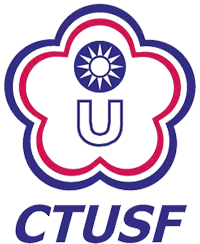Sports & Exercise Research Volume 23 Number 2
Author:Cheng-Wei Teng ; Chang-Bin Yang ; Hsien-Chen Lin ; Ta-Cheng Hung
Period/Date/Page:Vol. 23 No. 2 (2021 / 06 / 30) , P149 - 164
DOI:10.5297/ser.202106_23(2).0004
Differences Between Skill- and Plyometric-Based Trainings on Specific Fitness Variables in Volleyball Players
Abstract:The purpose of this study was to compare the differences between skill- and plyometric-based trainings on specific fitness variables in volleyball players, and to explore the changes of specific fitness in volleyball players with different positions after these 2 training methods. Sixty-six elite male volleyball players were randomly recruited from 4 Division I colleges into either skill-based (n = 37) or plyometric-based (n = 29) program groups. Both programs were performed 3-times per week for a period of 10-week. Participants were tested on counter movement jump, approach jump, standing broad jump, 30 m sprint, 9 m × 3 times sprint, badminton ball throw, seated forward bend, and 800 m running. All tests were assessed at the beginning (baseline) of the study (pre-test) and at the end of the 10-week training program (post-test). Results showed that the main training had significant effect on specific fitness variables, including approach jump, 30 m sprint, and 9 m × 3 times sprint. Furthermore, the training modalities induced positive changes on different perspective of the volleyball players with the specific positions. The most significant changes were noticed on the positions of the left-side hitter and the middle-blocker, second significant on the positions of the right-side hitter and the libero, and no significant change on the setter position. We conclude that the volleyball training should include both skill- and plyometric-based trainings. Especially, the plyometric-based training should combine into the attackers' skill-based training. However, the libero and the setter should focus on the skill-based training. (Full text)




